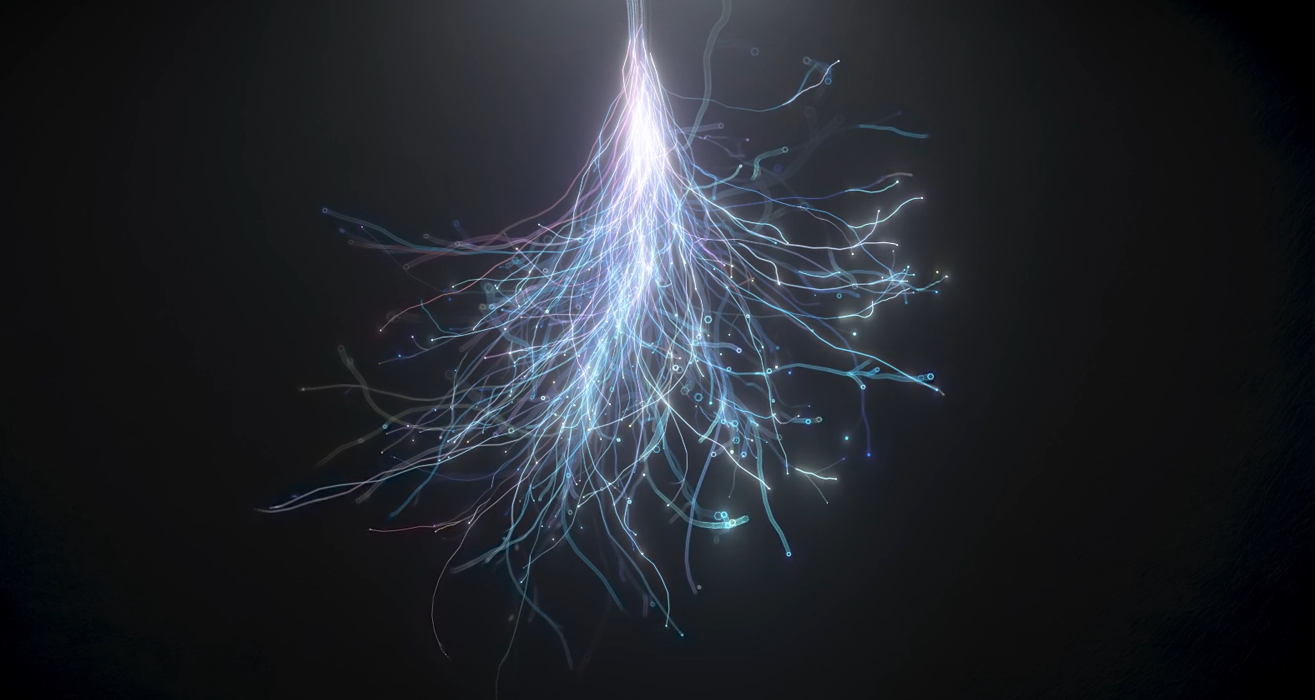In 2015, automated image captioning could scan a photo, recognize objects within it, and generate text accurately describing those objects. This sparked the question: what would happen if we flipped this process around, inputting text and creating a unique image that accurately portrays that text in return? Fast forward to 2022, and AI is able to do just that.
While the technology still has major drawbacks and limitations, the quality of AI images is accelerating rapidly, and within the past few months, its ability to generate unique images that look strikingly similar to human-made art has made leaps and bounds. For now, you simply type in a prompt and the AI creates a new image based on the millions of images of human-made art and photography it has been fed and trained on. This means what you’ll receive is unpredictable, even if you write a highly specific detailed prompt, and you’ll have to repeatedly refresh the output until the AI generates an image that matches the image in your head.
When an AI image is generated, it is a one-off creation, and cannot yet be edited or adjusted by the AI. If you ask for “a wizard wearing a blue robe”, you’ll receive a unique image of a wizard in a blue robe almost instantly, but you cannot generate that wizard again in a different angle or pose, or even the exact same image ever again. So, for those who just want to brainstorm or use the image as concept art, the technology is welcomed. Many are excited for this technology to progress, and to possess the ability to instantly bring their vision to life. For others however, the process of gathering images to feed the AI is brought into question.
Currently, the programs Dall-E 2, Stable Diffusion, and Midjourney, which are the most popular and advanced AI image generators, scrape images from across the internet along with their associated caption. The AI learns that images captioned “giraffe” typically have these-certain-pixels in this-certain-arrangement. So, although it doesn’t understand why a giraffe looks that way, it has a million references teaching it that it does. For a lot of artists, ethical controversy arises with the fact that they did not consent to their art being used as training data, and for it to be replicated instantly. You can even type in an artist’s name + object, and the AI will create the object in that artists style. In some instances, AI art has replicated remnants of artist signatures too, as that’s just what its learned is usually there. Currently, AI generated art cannot hold copyright, with the ownership of each image belonging to the AI software.
Despite its current flaws and controversy, AI art is almost certainly going to become more accessible and will eventually be impressive and robust enough for professional use. Artists and AI will have to collaborate, using the technology to generate a realm of new possibilities that benefits everyone.
If you are interested in learning more, feel free to contact us at hello@shootyou.co.uk.



